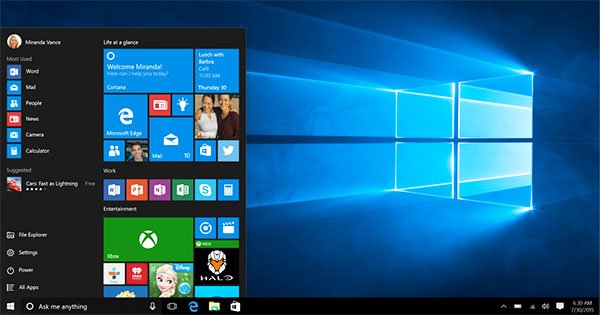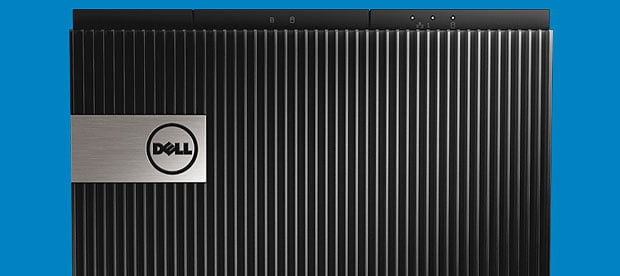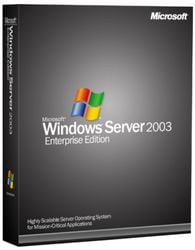

Windows 10 last month had more user share than Windows XP and Windows 8, according to data released by NetMarketShare.
It held 11.85 percent of the global OS market, though Windows 7 was still No. 1 with 52.47 percent.
Though adoption has slowed, the NetMarketShare numbers helped validate Microsoft’s claim last month that Windows 10 was active on 200 million devices.
Hot Start
Windows 10 dashed out to a 4.8 percent gain in user share in August, after launching the previous month. For January, the OS gained about 1.9 percent of global user share.
That gain was the biggest the OS has seen since August, and a holiday bump in PC sales may have boosted January’s jump.
“Windows 10 is off to the hottest start in Windows history,” Microsoft said in comments provided to the E-Commerce Times by spokesperson Carmen Vasilatos. It is “already running on more than 200 million devices, with unprecedented early demand from consumers and enterprise customers.”
Microsoft attributed much of that momentum to its free upgrade offer. The upgrade was available to users running legitimate installations of Windows 7 and higher.
“With 300 million new PCs expected to ship in 2016 alone, we’re looking forward to a great year ahead, along with our partners,” Microsoft said.
The Surface: Windows 10’s Interface
Microsoft hasn’t explained the jump from Windows 8.1 to Windows 10, skipping over what would have been Windows 9.
Windows 8, and the Metro tiles it brought with it, turned a lot of people off, but people seem to appreciate the Windows 10 interface, according to Joe Silverman, owner of New York Computer Help.
“Windows 10 was well-reviewed by our technicians and customers in regard to its interface, especially from Windows 8,” he told the E-Commerce Times.
Really Getting to Know Windows 10
Two separate tales have been playing out among Windows 10 migrants, according to Silverman.
Customers who bought new computers with Windows 10 preinstalled have been “relatively happy,” but the story often is different for those upgrading to the OS, which he described as a potential memory hog after system updates slowed it down.
“At first, customers gladly upgraded to Windows 10 as it is a free upgrade,” Silverman said. “Soon after, they complained about the slowness, and we have seen the aftereffects by customers requesting us to downgrade their computers to Windows 7 or 8.”
It may be time for another major marketing push: The message of frustrated Windows 10 users has spread inside the tech community, according to Silverman.
“As such, other computer users are leery of performing the upgrade and shied away from installing Windows 10,” he said. “It is likely the slow adoption of upgrading Windows 10 will continue due to the negative reviews it is getting.”
[Source:- Tech News World]





